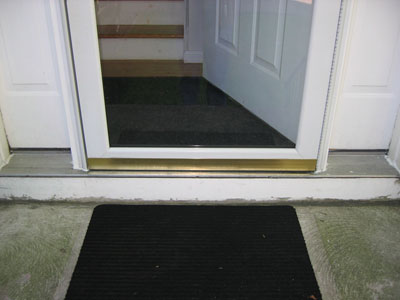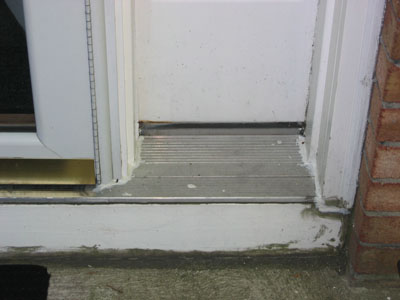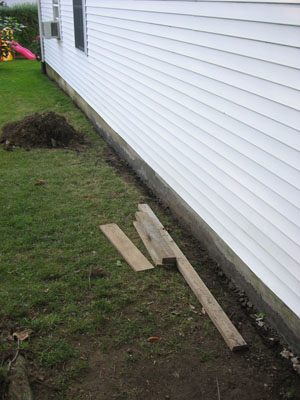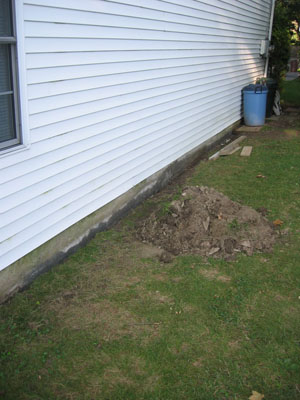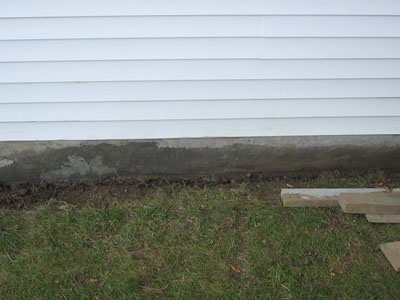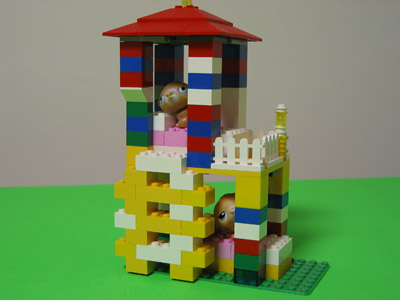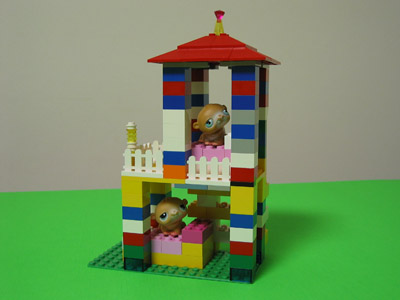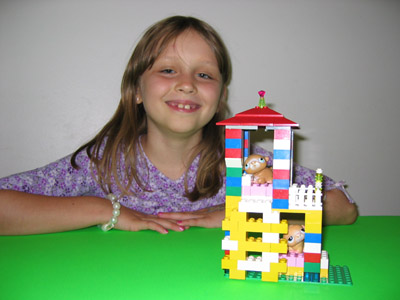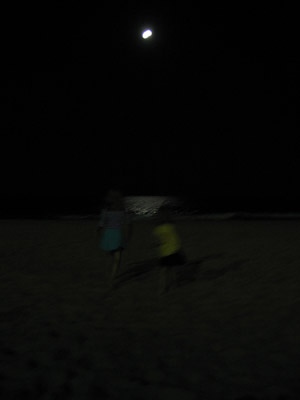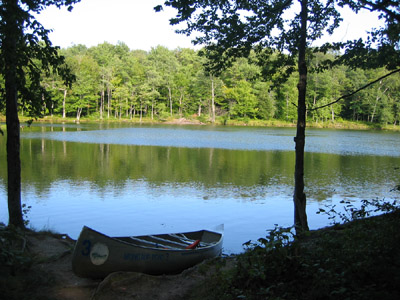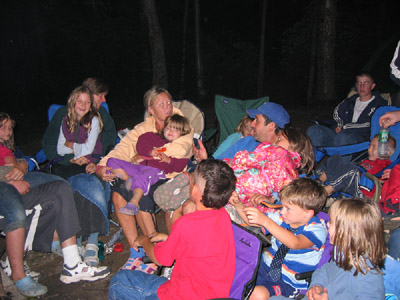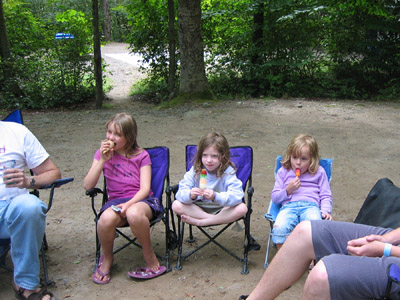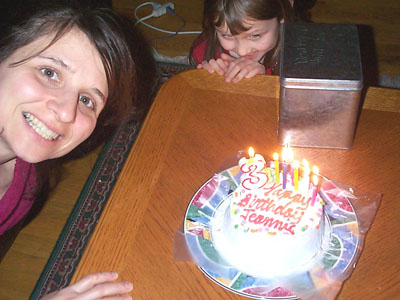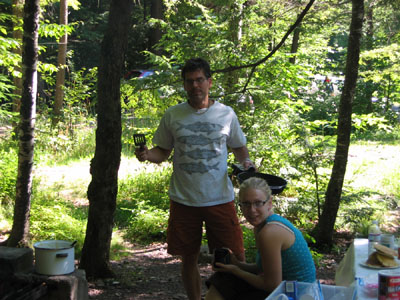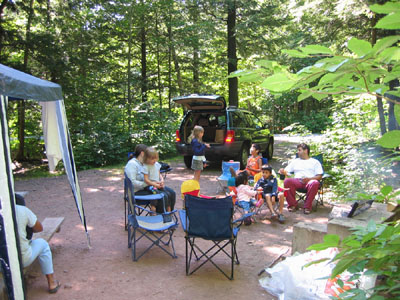Ah the joys of home ownership. Having things means having to fix things. Is maintenance a creative act? I suppose in the sense that it opposes destructiveness it is, and also that you may make something new along the way to fixing something old and broken.
Earlier this spring I noticed some cracks in the concrete along the foundation of the north side of my house. The concrete is below the siding, a protective/decorative layer that covers the actual foundation of the house. It’s a generally damp and mossy area, and in the spring sometimes puddles can form there. I suspect the cracks were initially caused by water freezing.
Meanwhile just outside out front door one rainy day, there was a mushroom growing from the bottom of the door frame! It turned out the wood down there was rotting cuz the weather seal had worn out and was leaky, so the end of this piece of wood was sitting in a puddle in the door jamb every time it rained.
A couple weeks ago I finally got around to tackling these projects. For the door, I cut away the old rotting wood, the bottom few inches of a piece that runs vertically on either side of the door frame. Then I cut a couple pieces of new wood to fit the void, glued ’em in to place and filled in the gaps and cracks with wood putty. Later that day I sanded of the excess putty and gave it a coat of paint. More paint and new caulk would have to wait for another day.
As for the foundation, I thought I could just put a little fresh cement over the cracks to seal it. But no. When I started to clean the moss and dirt out from the cracks, it became apparent the facing cement had separated from the layer underneath as big slabs of the stuff fell away. Some moisture had gotten up between the layers, and tree roots followed. So I ended up digging a trench along the side of my house to get to the bottom of the damaged area, and pulled of quite a bit of the facing cement. This took the better part of a day and I had only exposed the damage, not even begun to fix anything. What I though would be a quick fix turned into a major project!
From here things turned slow because I only have a little bit of daylight left in the evenings when I get home from work, and we were away the intervening weekend, so I had to break things down into bite-size tasks and do a bit each day. This worked OK for the front door. I ended up having to give it a few coats of paint for adequate coverage. It only took couple minutes to do the paint, and then wait a day for it to dry. Finally I was able to put down new caulk and the job was done.
An interesting consequence of this was that there is a population of ants who make their home under my front steps. When I sealed up the repaired area I must have blocked of the way in and out of their home, because that night I opened my front door and there were dozens of ants in the space between the front door and the screen door, and some were making their way into the house! We sprayed the area and put down ant traps, and that was pretty much the end of the ant party. They have found a new way out, because yesterday I saw a bunch of ants climbing around the side of the steps near my rose bush.
With the foundation it took better part of a week to clean the area and apply a layer of patching cement just to cover the crakes that were left when all the bad concrete was removed. So two weeks after I started I put down a whole new layer of facing cement, a job that took the better part of a day and was not really a whole lot of fun. Finally last night I put down the patching cement to seal the joint between the old and new cement. So we’re in the home stretch now. The only thing left is to refill the trench with dirt.
Of course this leads me straight on to the next project. I want to get some dirt to fill in the low spot so rain water will flow away from my house rather than form a puddle. While I’m at it, there a few paving stones around the area that were left over from when I built my patio. >I want to buy a few more and make a proper little foot path. I hope to get this done this fall.
